Alexis Bohlin | Lulea Tekniska Universitet | Lulea, Sweden
“New advances in coherent Raman imaging spectroscopy for exact thermometry applications”
Scientific Talks, Session IX | Wednesday, September 14 | 11:40 – 12:10

The development of sustainable launch and aerospace vehicles, by means of reducing their current levels of CO2 emissions and increasing the use of renewable propellants, requires new experiments performed with innovative laser diagnostics where the important scalars that governs pollutant formation (e.g., temperature, density, species concentration), ideally, are garnered in-situ with excellent spatial- and temporal resolution/correlation. Ultrafast laser diagnostics has a tremendous potential to provide unique scalar determination at these harsh environments, where often steep spatial gradients in temperature and species concentration exists and these quantities evolve on a rapid time scale due to the turbulence of the flow.
Recent developments in coherent anti-Stokes Raman scattering (CARS) imaging spectroscopy (e.g., two-beam femtosecond/picosecond 1D- and 2D-CARS) have become the benchmark for quantifying temperature and chemical species in reacting flows. However, it remains work to make this powerful ultrafast laser diagnostics tool effective in experiments that closely resembles the conditions of launch and aerospace vehicle engines. Several difficulties exist to produce reliable quantitative data at such measurement scenarios, which are usually setup in an enclosed space with limited transmission of optical signals “in-and-out” through optical windows. At such tests cases the coherent excitation of the Raman active molecules is hindered by the window material imparting temporal stretching of the broadband femtosecond laser excitation pulse.
In this talk, I will present new advances in coherent Raman imaging spectroscopy, with; 1. a capacity in simultaneous space-time correlated 1D-CARS thermometry achieved with a single regenerative ultrafast amplifier system, and 2. the overcome of the challenge with an ~22 mm thick BK7 glass window (or a relatively large sum of group delay dispersion terms) in the experimental setup. This is achieved by utilizing femtosecond laser-induced filamentation to generate a compressed supercontinuum behind the window. I will show the use of this new light source for ultrabroadband excitation of pure-rotational transitions of hydrogen, and an innovative technique for shot-to-shot referencing of the coherent excitation efficiency inferred in-situ. We believe that this experimental protocol for spectral referencing has the advantage to push the performance of CARS scalar determination to the ultimate dream limit of <1%. In addition, I will discuss 3. the potential of increasing the sensitive of determining species in mixture compositions with cascaded CARS (CCARS), which signal intensity scales as the quartic power to number density (N^4) instead of the quadratic power (N^2) for conventional CARS.
We gratefully acknowledge the financial support provided by the Netherlands Organization for Scientific Research (NWO), obtained through a Vidi grant in the Applied and Engineering Sciences domain (AES) (15690). AB is also thankful for support through the RIT (Space for Innovation and Growth) project/European Regional Development Fond in Kiruna, Sweden.
